Are you looking for the perfect microcontroller to control your upcoming project? Choosing the right microcontroller for your application is a vital step in any design process, and requires careful research and consideration. Fortunately, with enough knowledge of embedded applications and production processes, along with an understanding of different processor architectures and features, you can determine exactly what type of microcontroller will best meet your needs. This blog post aims to provide detailed insight on how to choose a microcontroller device to ensure that you make an informed decision that is tailored to your specific application requirements! Let’s get started!
What Is A Microcontroller?
It contains a processor and memory along with other components such as timers, interrupt controllers, and input/output (I/O) ports. The integrated nature of the microcontroller makes it well suited for many embedded systems applications, including those in automotive, medical, industrial, and home automation.
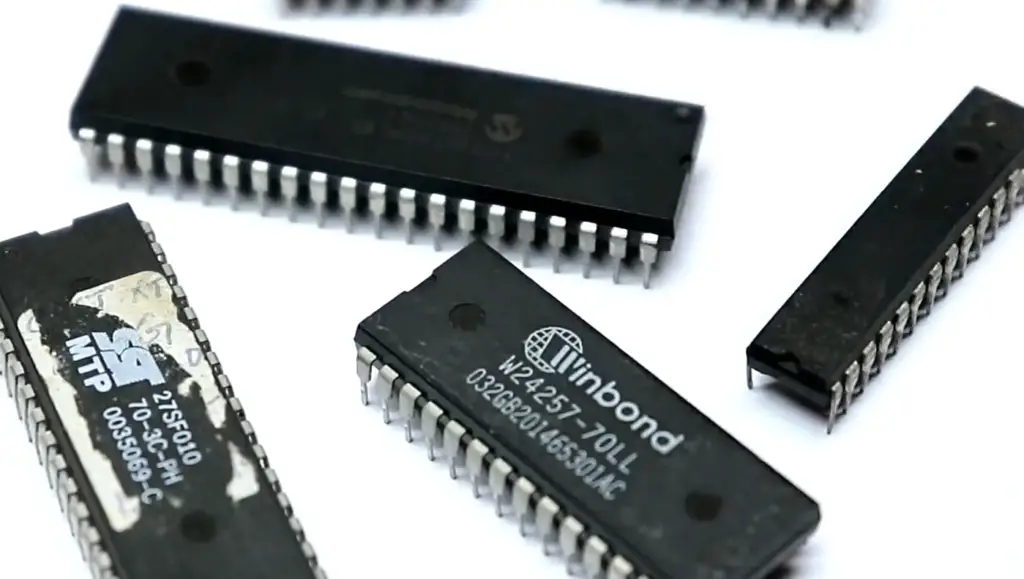
Types of Microcontrollers
When it comes to choosing a microcontroller, there are many different types available on the market. Some of the more popular options include 8-bit and 32-bit microcontrollers. 8-bit microcontrollers provide basic features such as digital input/output and communications ports, but don’t offer advanced capabilities like those offered by 32-bit controllers.
Another type of microcontroller is ARM Cortex-M based controllers which are used in embedded applications that require higher levels of performance and power efficiency. These controllers can support multiple peripherals while still providing cost effectiveness. For example, they offer low power modes that allow them to draw much less energy than traditional 8 or 32 bit microcontrollers while doing similar tasks.
At the higher end, there are also Application-Specific Integrated Circuits (ASICs). These are custom designed microprocessors that offer the highest levels of performance and power efficiency. They are typically used in applications where performance and low power consumption is critical. However, due to their complexity and cost, they may not be suitable for all projects or budgets.
No matter what type of microcontroller you choose, it’s important to consider your project’s needs and budget before making a decision. To choose the correct microcontroller for your application, keep these factors in mind. [1]
Factors To Look For While Choosing a Microcontroller
Application
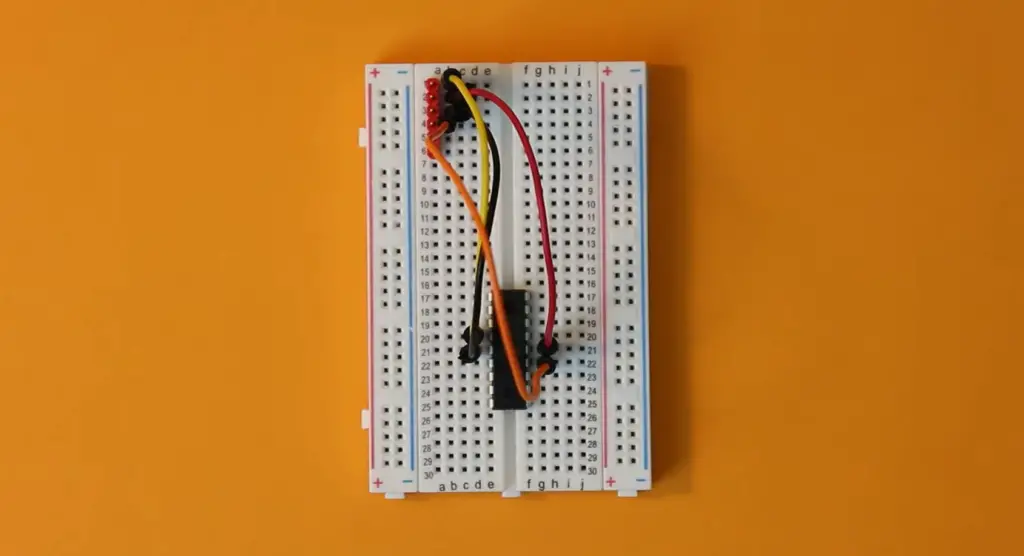
Consider the system requirements, such as the number of I/O pins, memory size, and power needs. You should also look into speed and processing capabilities. These elements will help determine what type of microcontroller would be best suited for your particular project or task.
Power Consumption
For some applications, reducing power consumption is a major consideration when choosing a microcontroller. Low-power devices can make a big difference in battery life or energy costs over time. Look into factors such as sleep mode current draw and active mode current draw so that you can choose an appropriate device for your application’s operational environment and energy needs.
Connectivity
Many applications now require wireless connectivity, so look for microcontrollers with built-in radio transceivers or those that support external modules, such as Bluetooth Low Energy (BLE), WiFi, Zigbee, and more. This will ensure that your device is able to connect to other systems or the internet properly.
Manufacturer Support
Look for microcontrollers from established manufacturers who offer resources like documentation, application notes, libraries, software tools, and more. This will allow you to get support quickly if you have any issues with your product or development process.
Microcontroller Architecture
Consider the processor architecture of the microcontroller that you want to use. It should be able to handle the tasks that you need it to do without sacrificing performance or power consumption. In some cases, a simple 8-bit microcontroller may be all that is necessary for your needs, while in other cases you might require more processing power from a 32-bit device. [2]
Bit Size
The bit size of a microcontroller can play an important role in determining its performance and capability. 8-bit or 16-bit microcontrollers are generally less expensive and require less power than 32-bit devices, but they also have limited I/O and memory capabilities. 32-bit microcontrollers offer more features and better performance, however they often come at a higher cost.
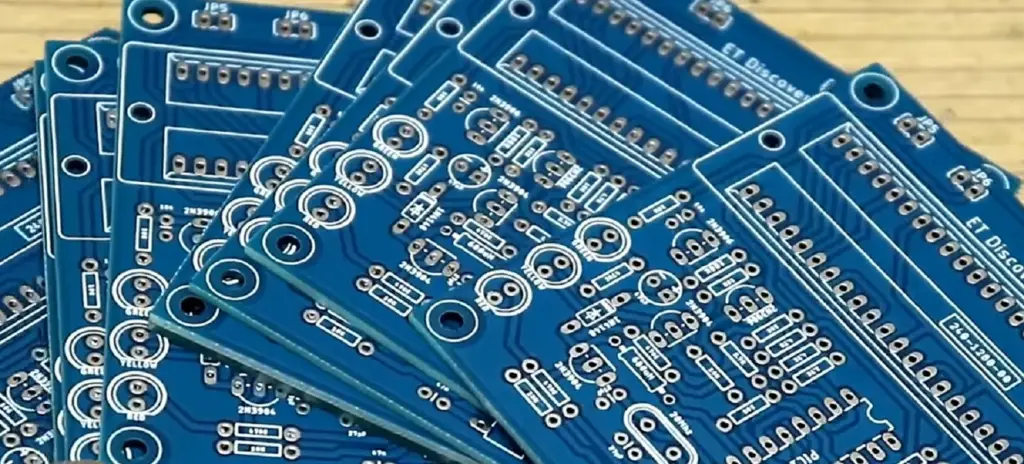
Networking For Communication
Some microcontrollers have built-in networking capabilities, such as Ethernet or CANbus. These are great for applications that need to communicate with other devices on a network, such as in an industrial setting. Keep this in mind when selecting your device so that you can be sure it will support the kind of communication that you need.
Operating Voltage
The operating voltage of the microcontroller is another important factor to consider. Microcontrollers are available in a variety of voltages, from 3.3V to 5V and higher.
Peripheral Devices
Another key factor when choosing a microcontroller is the number and type of peripheral devices it can support. Look into the types of I/O pins, timers, serial communication protocols, ADC/DAC converters, PWM outputs, and other features that the device supports so that you can make sure it will be able to handle all of your requirements easily.
Memory Needs
The amount of memory that your microcontroller will need depends on the application. Some applications may only require a few kilobytes, while others might require megabytes or even gigabytes. Make sure that you select a device with enough memory to accommodate your needs.
Package Size
The physical size of the microcontroller package is also an important consideration. Smaller packages are usually more cost-effective and easier to integrate into your application, but larger packages may offer additional features or memory. [3]
Cost Considerations
When selecting a microcontroller, cost is an important factor to consider. Microcontrollers can range in cost anywhere from a few pennies for some of the simpler and more basic models up to hundreds of dollars for the most advanced models. The price will be determined by the features, capabilities, memory size, and processing speed needed. Generally speaking, more expensive microcontrollers will have larger memory sizes and faster processors than their cheaper counterparts.
It’s also worth researching what software support options are available with each model. Some manufacturers offer comprehensive development platforms or even free open source tools for programming their microcontrollers, which can help reduce costs associated with developing applications on those devices. Additionally, many vendors offer discounts when buying large quantities of the same microcontroller.
In general, it’s important to consider not just the cost of the microcontroller itself, but also any additional costs associated with development and maintenance. Evaluate all options carefully before committing to a particular model so that you get the most for your money.
By taking into account all factors such as features, capabilities, memory size, processing speed and software support options, you can ensure that you will be selecting the best microcontroller for your specific application at an affordable price.

Tips on Using a Microcontroller
Once you have chosen the right microcontroller for your project, there are a few tips to help you get the most out of it.
- Read and Understand the Documentation: Before starting any project, take some time to read through the datasheet for the microcontroller. This will help you understand how best to use its features and capabilities in your application.
- Learn Your Development Environment: Make sure that you familiarize yourself with your development environment including any necessary libraries or tools needed to compile programs or debug code on your microcontroller. Understanding this environment can make coding much easier and result in fewer frustrations during development.
- Avoid Overloading: Verify that all components connected to your microcontroller have the same voltage level. In addition, ensure that your code does not draw too much current from any of the microcontroller’s pins as this can cause damage to the device.
- Test Regularly: Always test your code and hardware frequently during development to avoid any possible problems down the line. This will help you identify and troubleshoot bugs or other issues quickly and easily.
- Consider Power Consumption: If you’re using a battery-powered application, consider how power consumption may affect its performance and lifetime. Optimizing your code for lower power usage can help extend the life of your project significantly.
Following these simple tips should help you get the most out of your microcontroller while giving you peace of mind that your project is running efficiently and reliably. [4]
Pros and Cons of a Microcontroller
Microcontrollers are small, versatile computer chips that can be programmed to perform specific tasks and interface with other systems. In many ways, they are like the brain of a system or device—coordinating its activities and controlling its features. When selecting a microcontroller for an application, two major considerations should be made: cost and performance.

Pros of Microcontroller:
- Low cost – The cost of microcontrollers is significantly lower than traditional processors, making them ideal for projects on a budget.
- Versatility – These chips come in many different shapes, sizes and capabilities—ranging from basic low power models to powerful multi-core devices capable of running complex algorithms and data processing operations.
- Easy programming – Most microcontrollers can be programmed using a variety of languages, making them accessible to developers of all levels and backgrounds.
- Small size – Compared to traditional processors, microcontrollers are often tiny in size—making them ideal for applications where space is limited or at a premium.
Cons of Microcontroller:
- Limited computing power – While some high-end models may offer more processing power than the average computer, most microcontrollers are far less powerful than their desktop counterparts. This limits their ability to handle complex tasks or run demanding software.
- Single task focus – Despite their versatility, most microcontrollers are designed with a single task in mind and lack the flexibility to switch between different operations easily.
- Compatibility issues – Different microcontrollers may not be compatible with one other and require different programming languages, which can cause problems for developers. Additionally, some models are not designed to interface with specific hardware or software.
- Limited memory– Many microcontrollers have limited on-board storage capacity, meaning they cannot store large amounts of data or programs. This can limit their usefulness if the application requires a lot of data processing or complex algorithms.
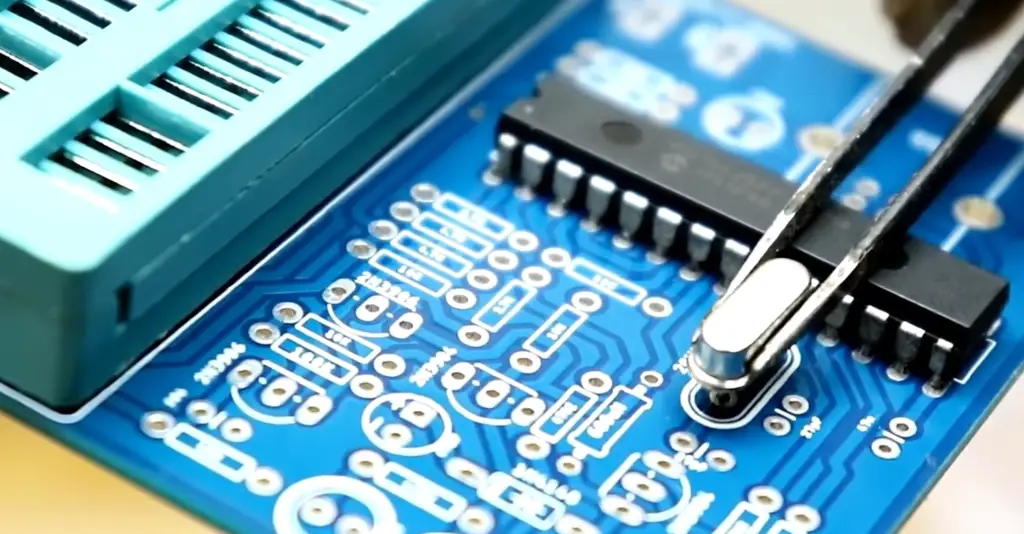
FAQ
What is the most appropriate criteria for choosing the right microcontroller?
The most appropriate criteria for choosing the right microcontroller depends on the specific application, as different microcontrollers have different capabilities. When selecting a microcontroller it is important to consider factors such as performance, cost, energy efficiency and available resources. It is also essential to consider the availability of compatible development tools (software and hardware) which will help ensure that your project operates successfully. Additionally, you should select a microcontroller which has adequate memory and input/output capability for your intended project. Other considerations might include processor architecture or special features such as wireless communication capabilities or built-in display support. Ultimately, the best way to choose a suitable microcontroller is by evaluating your individual requirements against the features offered by various models.
Which microcontroller should I start?
When starting out with microcontrollers, it is generally recommended to start with an entry-level model such as the Arduino UNO or PIC16F84. These are popular models that offer basic functionality and are relatively easy to use. They also come in beginner-friendly packages and include a range of tutorials which help you get familiarized with the various components and coding techniques. As your project grows more complex, you can upgrade to a more advanced model that offers more features and increased performance.
Are microcontroller boards compatible?
In general, yes – most microcontroller boards from different manufacturers will be able to communicate with each other as long as they use the same programming language (such as C/C++). It is also possible to use multiple microcontrollers in a single project, allowing you to combine the features and capabilities of each controller. It is important to bear in mind that although two controllers may be compatible, they may not necessarily be able to communicate with one another due to differences in pin layout or operating voltages.
What are the advantages of using a microcontroller?
Microcontrollers offer several advantages over traditional computers, including smaller form-factor, lower power consumption and improved processing speeds. They also offer more flexibility as they can easily be reprogrammed for different applications without having to purchase new hardware. Additionally, microcontroller boards come with a variety of built-in features such as analog-to-digital converters and real time clocks which allow them to interact with the physical world. Finally, they are relatively inexpensive and provide a great platform for learning embedded systems programming.
Are there any risks associated with using microcontrollers?
Microcontrollers can be risky to use if not handled properly, as they require a certain level of knowledge and technical understanding in order to program them effectively. If used incorrectly, it is possible to cause serious damage to both the device itself and other components connected to it. It is therefore important that you read the manufacturer’s instructions carefully before attempting any modifications or experiments. Additionally, make sure that your work environment is secure and that all connections are made correctly in order to prevent accidents or malfunctions.
How do I know when a microcontroller board is right for me?
The best way to decide if a microcontroller board is suitable for your project is by carefully evaluating your requirements and goals. Consider factors such as size, power consumption, cost and available resources before making a decision. It is also important to make sure that the board you choose is compatible with the development tools you intend to use (software and hardware). Additionally, be sure to check whether the manufacturer provides reliable technical support in case you encounter any problems during development. With these considerations in mind, you will be able to determine which microcontroller board is best suited for your project.
Which language is best for microcontrollers?
The most commonly used language for programming microcontrollers is C/C++. This language is widely supported by microcontroller boards and provides a great foundation for developing embedded systems. Additionally, the code can be easily ported to different platforms, allowing you to make use of existing libraries and resources while also being able to customize your applications as needed. Python is also becoming popular due to its simplicity and high-level features, although it may not be suitable for all projects as some hardware components may not be supported. Ultimately, the best choice will depend on your project requirements and coding abilities.
Which microcontroller is better than Arduino?
Arduino is a great choice for many projects, but there are many other microcontrollers out there that can offer better performance and more features for certain applications. Some of the popular alternatives include Raspberry Pi, BeagleBone Black, ChipKit boards, and Parallax Propeller chips. Each of these have their own advantages and disadvantages depending on what your project requires. It’s best to do some research into each option before making a decision so you can find the best fit for your project. Ultimately, it comes down to what you need from the microcontroller in terms of performance, price range, programming language support, input/output options and other factors.
Is Python used in microcontrollers?
Python can be used on certain microcontrollers, but it’s not as popular of a programming language as C or assembly languages. It may require more setup work than other languages since the interpreter is larger and might need to be installed. Additionally, some microcontrollers have memory limitations that make Python difficult to use. That said, if you are comfortable with Python and are looking for a powerful scripting language for your project then there are microcontrollers out there that support it.
Useful Video: How to choose a Microcontroller for an Application
Conclusion
Choosing the right microcontroller for your needs can be difficult. There are many types of microcontrollers available, each with its own advantages and disadvantages. Ultimately, you must consider which type of controller will best meet your project requirements. Consider factors such as cost, power requirements, size, code complexity, and other design considerations before making a decision. With the proper research and consideration of all relevant factors in mind, you should be able to find a suitable microcontroller for your needs. Additionally, it is often helpful to consult an experienced engineer or programmer who may advise you on the best option for your particular application. By doing so, you can ensure that you select the appropriate microcontroller for maximum performance and reliability at an affordable price point.
References
- https://externlabs.com/blogs/best-microcontrollers-for-your-project/
- https://www.microcontrollertips.com/key-factors-consider-choosing-microcontroller/
- https://community.arm.com/arm-community-blogs/b/embedded-blog/posts/10-steps-to-selecting-a-microcontroller
- https://components101.com/articles/how-to-choose-the-right-microcontroller-for-your-project
- https://circuitdigest.com/article/how-to-select-the-right-microcontroller-for-your-embedded-application





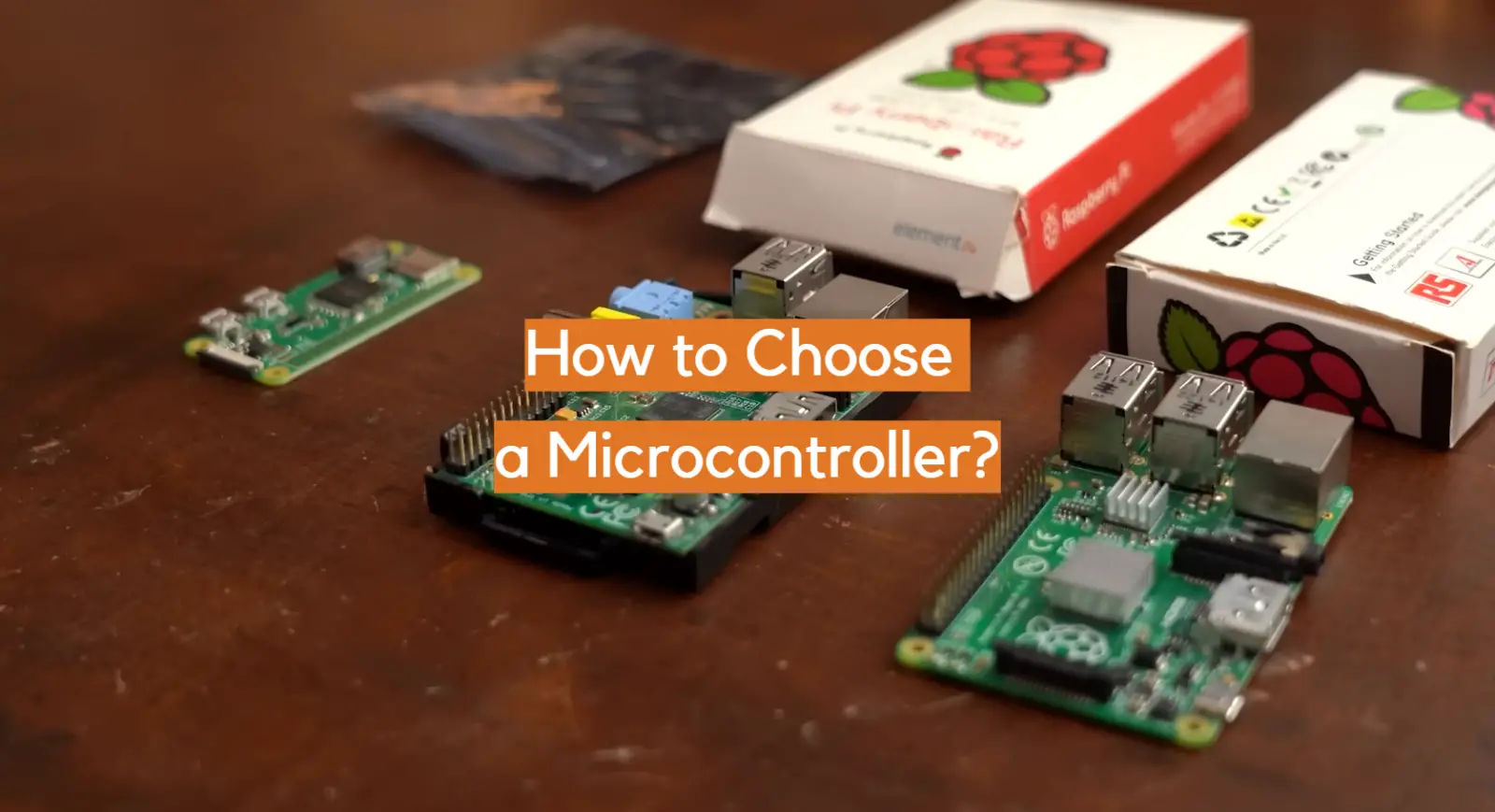







Leave a Reply